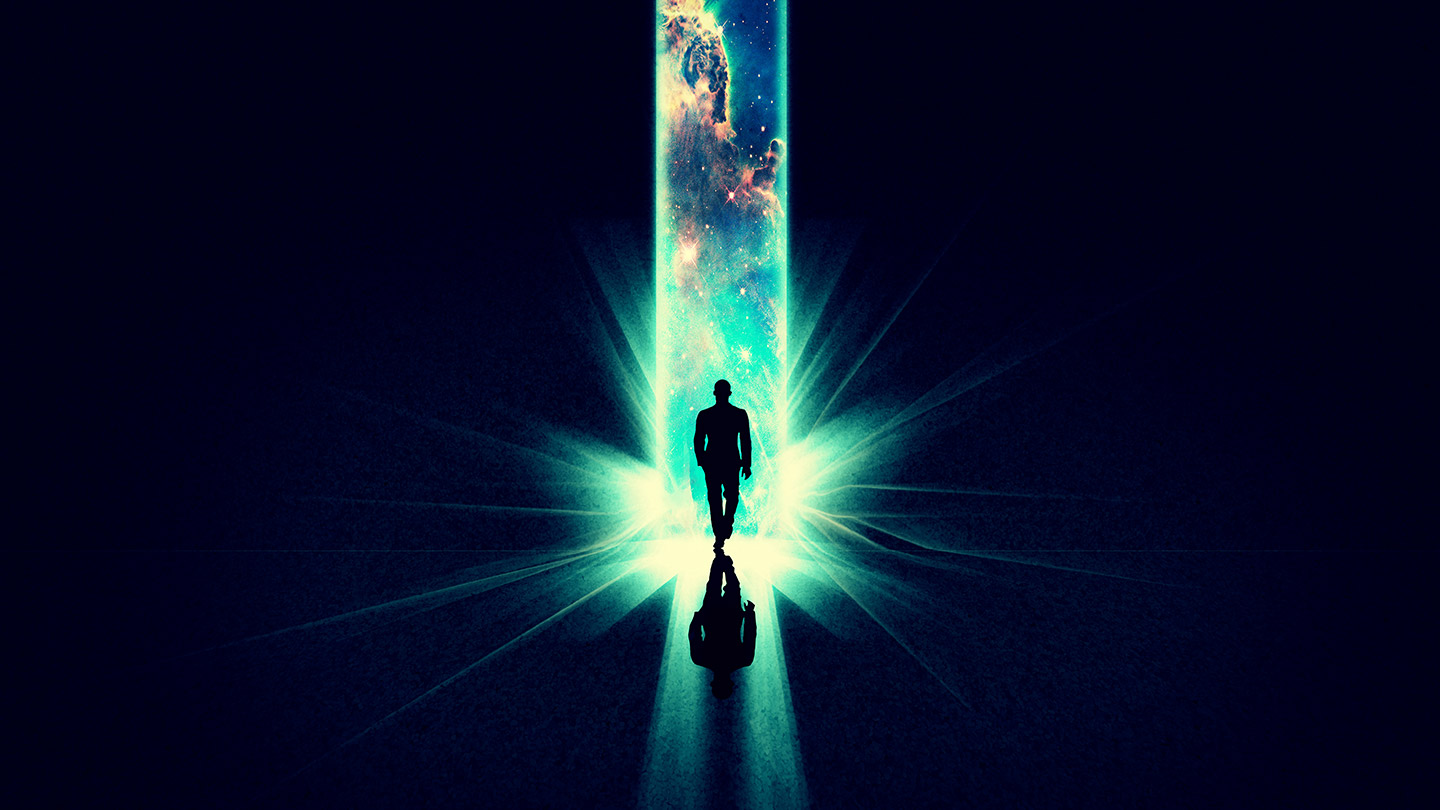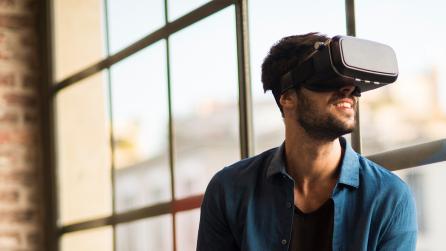Exploring infinite walking in virtual reality
In the quest for more realistic, more immersive VR experiences, one of the biggest challenges is replicating the freedom of movement we have in real life. The virtual world will never quite feel true to reality if we are tethered to a fixed point or taken on a journey pre-determined by the creator, or only able to walk a few steps in either direction before hitting a (very real) wall.
But a new paper that debuted at SIGGRAPH - the world’s foremost VFX industry event - in Vancouver last week introduced the concept of ‘infinite walking’ in VR.
The idea of redirected walking is nothing new. It uses subtle changes in the VR experience to keep people within a confined real space, moving them in an arc but tricking the body into thinking it is continuing in a straight line.
Such techniques have suffered, however, from limited redirection capabilities and visible scene distortions. But, in a paper titled ‘Toward virtual reality infinite walking: dynamic saccadic redirection’, researchers from Stony Brook University, NVIDIA, and Adobe claim their new method can handle more diverse environments, such as large open spaces, without the issues faced by others.

They do this by exploiting a quirk of the human eye: moments of temporary blindness known as ‘saccadic suppression’. Our eyes naturally flit rapidly between different points in our field of vision—for example when scanning a room. During these moments of ‘saccadic suppression’ we’re technically blind, although our brains are trained to ignore it.
Saccades occur within fractions of seconds, but with such regularity - and without us noticing - that they can be harnessed. By rotating the virtual camera very slightly during these moments, the researchers say they can enable more realistic walking scenarios - without dizziness or discomfort.
This technique uses a standard VR headset fitted with the ability to track head and eye movements, identifying saccadic suppression and initiating redirection. The researchers have even experimented with adding visual cues within experiences to encourage more frequent saccades.
They’ve also used ‘dynamic path planning’ to track the user’s physical environment in real-time, ensuring any obstacles are avoided to maintain an immersive experience. And that includes moving objects - such as other people in the same room.
It’s an exciting development, but that’s not to say infinite walking is without its limitations. While it has undoubted potential for large-scale VR experiences, especially experiential installations within far larger physical spaces, its application within the home, for example, is less clear.
As we’ve explored in another Foundry Trends article, saccades are not the only moment of temporary blindness that can be exploited. Eike Langbehn, a doctoral candidate and research associate at the Human-Computer Interaction group at the University of Hamburg, spoke to us about tracking eye blinks.


